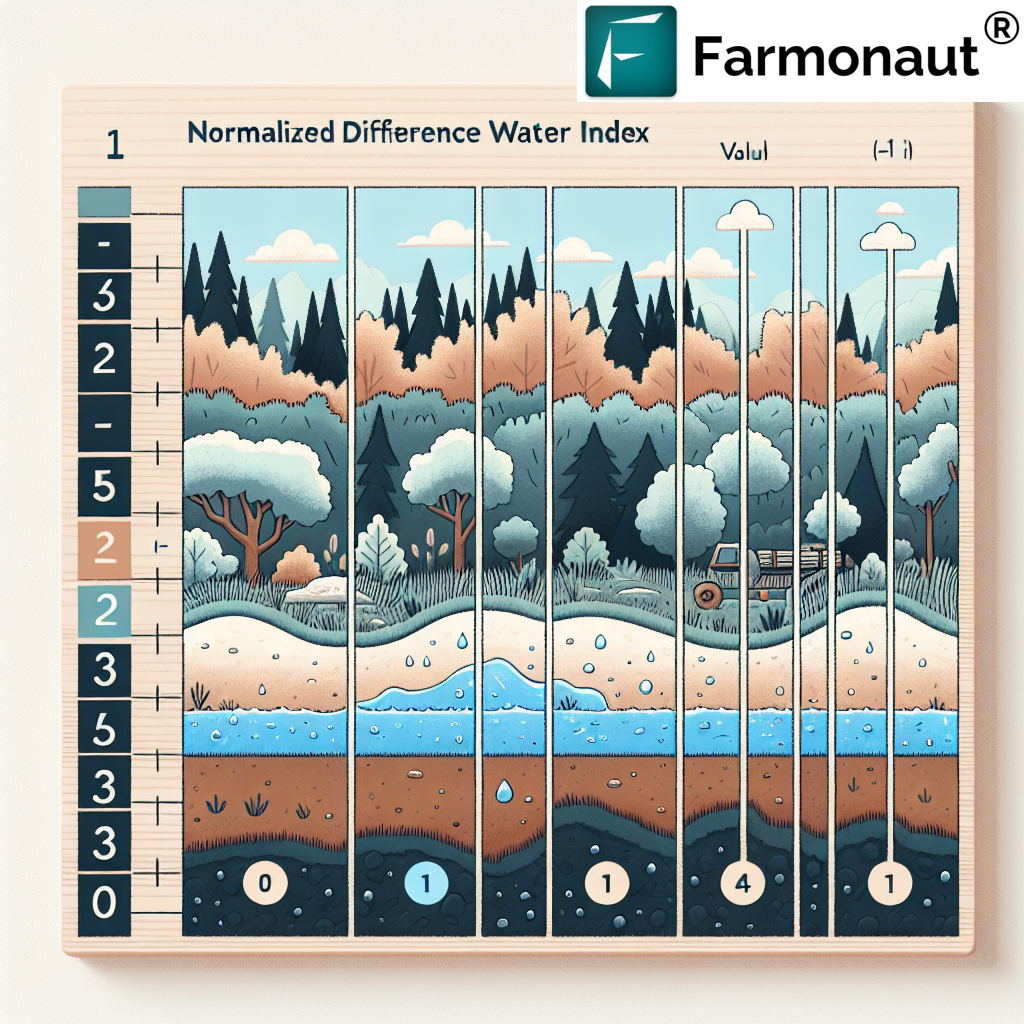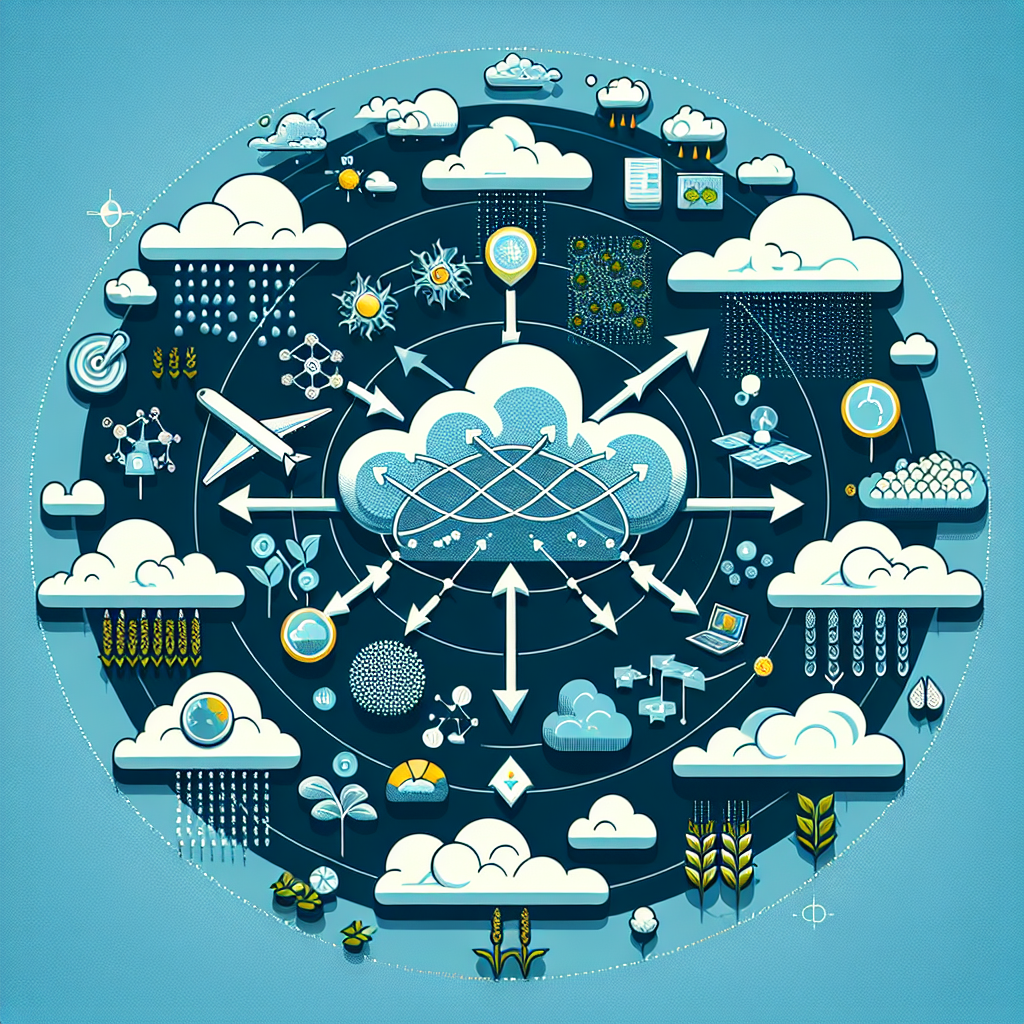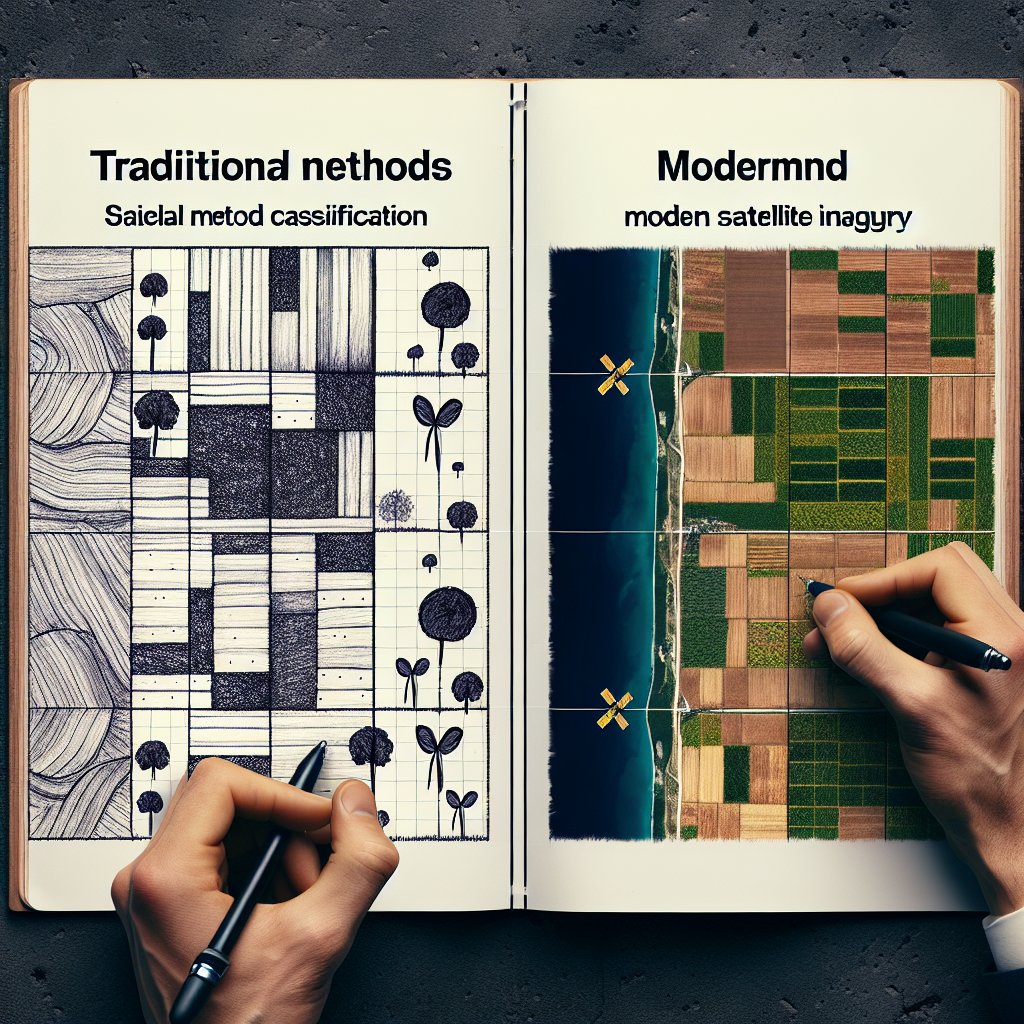Firefighting Drones Market Report: AI & CA Corn Crop 2025
The Advancing Role of Firefighting Drones and AI in Agricultural Fire Management: A 2025 Perspective
“By 2025, global firefighting drone deployments are projected to increase by 35% in AI-powered corn crop protection operations.”
Table of Contents
- 1. 2025 Firefighting Drones Market Overview
- 2. Climate Change, Wildfire Risk, and the Need for Innovation
- 3. Technological Advancements: Firefighting Drones and Artificial Intelligence
- 4. AI Integration & Firefighting Drones: Agricultural Management Revolution
- 5. California Corn Crop Report 2025: Innovations in Fire Protection
- 6. Comparative Feature and Market Projections Table
- 7. Farmonaut’s Satellite-Driven Technologies for Fire and Agricultural Management
- 8. Public & Private Adoption: Training, Regulatory, and Integration Challenges
- 9. Future Outlook: Wildfire Threats and Agricultural Resilience
- 10. Frequently Asked Questions
2025 Firefighting Drones Market Overview
The firefighting drones market report, california firefighters are training ai detect, corn crop report reveals profound transformations taking place across agricultural, forestry, and rural communities in California and globally. The integration of AI-powered drones into wildfire detection and suppression has led to a significant increase in operational capacity, providing farmers and firefighting units with tools to proactively combat the mounting threat of wildfires.
In 2025, the scale and sophistication of aerial vehicles (UAVs) equipped with thermal cameras, infrared sensors, and real-time data transmission have rapidly gained traction. Armed with AI-based analytics, they detect fires, monitor risk zones, enable targeted response, and critically, help safeguard vulnerable crops such as corn from fire outbreaks and associated crop loss.
The firefighting drones market is projected to reach a multi-billion dollar valuation by the end of 2025. The key driving factors include:
- Growing wildfire severity due to climate change
- New regulatory mandates favoring early detection systems
- Advances in AI and sensor technology, enabling proactive management
- Farmers’ urgent need for tools to protect high-value crops amid intensifying risk across major agricultural regions, especially in California
- Integration of satellite data and weather pattern analysis for anticipatory fire management
Climate Change, Wildfire Risk, and the Need for Innovation
Wildfires have long posed a significant threat to agriculture, especially in regions like California where prolonged droughts and higher temperatures have
- exacerbated the frequency and severity of fire outbreaks
- placed immense pressure on traditional firefighting methods
- threatened the sustainability of land management in rural communities and commercial farms
By 2025, climate change-induced hazards force agricultural stakeholders to rethink fire management strategies. The shifting climate is driving:
- Increased risk of fire ignition during growing seasons as soils dry and crop residue accumulates
- Expansion of the wildfire season, raising the threat level for corn crop and other staple yields
- Necessity for real-time monitoring and smarter suppression across large farmland expanses
Traditional firefighting units struggle with:
- Delayed detection in remote or hazardous areas
- Human risk in direct suppression
- Limited ability to monitor large forest & farmland terrain swiftly
Hence, embracing innovative technologies and AI-driven management tools becomes imperative for agricultural resilience and sustainable land practices.
Technological Advancements: Firefighting Drones and Artificial Intelligence
The firefighting drones market report spotlights a new generation of UAVs that are purpose-built with the following capabilities:
- Thermal Cameras & Infrared Sensors: For early detection of hotspots, and to scan weather patterns and crop conditions.
- Real-Time Data Transmission: Enabling swift reporting and targeted resource deployment.
- AI-Driven Analysis: Incorporating artificial intelligence to detect developing fires, predict ignition points and track fire spread.
- Payload Carrying: Equipped to initiate suppression by deploying fire retardants or water to strategic locations on farmland or forest terrain.
This market development is closely linked to california firefighters are training ai detect. Their proactive approach leverages:
- Vast datasets drawn from satellite imagery, historical fire outbreaks, soil moisture levels, and crop stress indicators.
- AI models trained to specify ignition risks within agricultural contexts.
- Integration with weather and crop management systems for precise prediction of fire behavior and potential spread.
How AI Elevates Fire Detection and Crop Protection
The core AI-enhanced drone systems perform a pivotal role in enabling:
- Early notification to farmers and firefighting teams for swift evacuation or targeted suppression
- Dynamic firebreak creation by analyzing and recommending field interventions
- Ongoing soil and vegetation health monitoring to identify fields at higher fire risk
- Resource allocation optimization to minimize crop loss and economic disruption
“Over 60% of wildfire detection systems in U.S. cornfields will utilize advanced AI algorithms by 2025.”
AI Integration & Firefighting Drones: Agricultural Management Revolution
The report cited as firefighting drones market report, california firefighters are training ai detect, corn crop report emphasizes the key advancements in AI-powered agricultural management for 2025:
- Seamless Integration—AI models embedded within drone units allow near-instantaneous assessment of emerging fire hazards.
- Enhanced Accuracy—With firmer training from active recent reports and models tailored for local weather patterns, satellite imagery, and terrain features.
- Operational Efficiency—Autonomous drones can navigate hazardous, remote areas, minimizing human risk and enabling rapid, sustained suppression even before manned teams arrive.
- Strategic Field Management—Ongoing surveillance of crop health and field boundaries empowers managers to proactively create firebreaks and initiate controlled burns.
This capability is core to breakthrough platforms like Farmonaut’s Satellite Technology Suite—notably, our real-time monitoring and Jeevn AI Advisory System (see Crop Plantation & Forest Advisory) designed for precision risk management, crop monitoring, and environmental protection in agriculture. Our AI tools leverage satellite insights for fire detection, vegetation stress analysis, and advisory reports to farmers via web and mobile apps.
This next-level data-driven management is pivotal for California’s agricultural landscape. Farms leveraging real-time soil moisture analysis and AI-suggested scheduling (enabled by Farmonaut’s API platform) have effectively reduced root zone stress, lowering fire ignition risk and strengthening the resilience of high-value crops like corn.
Developers and agribusinesses can access detailed satellite weather and crop advisory data by integrating Farmonaut’s technologies via API Developer Documentation.
California Corn Crop Report 2025: Innovations in Fire Protection
The latest California corn crop report (2025) reveals immeasurable benefits from integrating firefighting drone technology and AI systems. In this critical agricultural region, corn fields are uniquely vulnerable to wildfires due to:
- High surface area and biomass density
- Frequent dry periods during the growing season
- Proximity to rural wildland and forest terrain
- Potential for crop residues to act as fuel buildup
How are firefighting drones and AI safeguarding corn crops?
- Drone-fed analytics advise irrigation timing and identify zones of stress.
- AI models predict high-risk areas, prompting field-level intervention and firebreak construction.
- Real-time notifications enable swift evacuation or deployment of mechanized suppression units.
- Coordinated aerial-ground tactics—improving precision and speed of response.
- Use of fire-retardant-equipped drones for initial containment while heavy units mobilize.
According to recent reports, this integration has reduced wildfire-related crop losses and boosted farmer confidence. In addition, enhanced coordination between firefighting agencies and farmers fosters a unified, data-driven response framework essential for large-scale wildfire emergencies.
California’s agricultural managers leverage Farmonaut’s platform for:
- Satellite-driven advisory on corn health and stress indicators
- Blockchain-based traceability for validating crop quality post-wildfire using Traceability Solutions
- Loan and insurance verification to protect economic resilience of farms via Farmonaut Crop Loan and Insurance Verification.
Key Benefits: Corn Crop Focus
- Reduced yield loss due to earlier interventions
- Improved risk mapping of corn fields bordering wildfire-prone regions
- Economic protection for California’s rural communities and agri-businesses
Comparative Feature and Market Projections Table: Firefighting Drones, AI, and Corn Crop Protection (2025)
| Technology/Drone Model | AI Features | Application Area | Estimated Market Share/Adoption Rate (2025) | Projected Impact on CA Corn Yield (%) |
|---|---|---|---|---|
| Fixed-Wing AI Drone A | Thermal imaging, wildfire prediction, fire perimeter mapping, anomaly detection | Wildfire Detection, Crop Protection (Large Farms) | 24% | Up to 14% yield preservation |
| Multirotor AI Drone B | Onboard AI risk scoring, real-time alerts, autonomous firefighting, soil/crop stress detection | Fire Suppression, Crop Health Monitoring | 30% | Up to 17% yield preservation |
| VTOL Hybrid AI Drone C | Satellite data integration, multivariate climate analysis, adaptive learning algorithms | Early Wildfire Detection, Real-Time Corn Surveillance | 20% | Up to 12% yield preservation |
| Custom Payload Drone D | Fire-retardant deployment, geocoordinated field mapping, pattern recognition | Targeted Fire Suppression, Asset Protection | 11% | Up to 8% yield preservation |
As detailed in this table, AI features such as thermal mapping, anomaly detection, real-time alerts, adaptive learning, and satellite integration are critical for both wildfire suppression and maximizing crop yield resilience. The market’s estimated adoption rates confirm that these AI-powered drone systems are now the backbone of fire management and crop protection in California for 2025.
Farmonaut’s Satellite-Driven Technologies for Fire and Agricultural Management
Our mission at Farmonaut is to make satellite-driven insights practical, affordable, and actionable for businesses and farmers around the globe. Here’s how we’re advancing the future of firefighting, wildfire detection, and resource management:
- Multispectral Satellite-Based Monitoring: We use NDVI and other indices to assess vegetation health, soil moisture, and stress—crucial for pinpointing fire-prone fields and predicting ignition zones.
- Jeevn AI Advisory System: This system delivers real-time AI-driven insights and tailored strategies for agriculture and fire-risk management by analyzing vast datasets such as weather forecasts, crop data, and satellite imagery.
- Blockchain-Based Traceability: Our blockchain integration ensures transparency and security of crop history, which is essential for insurance claims and post-wildfire assessment. Explore Traceability Solutions.
- Fleet and Resource Management Tools: Our apps help businesses track vehicle and machinery usage, optimize field suppression logistics, and reduce operational costs, especially in fire emergencies. Learn More About Fleet Management Features.
- Environmental Impact and Carbon Footprint Monitoring: With carbon emissions from wildfires increasingly scrutinized, our platform offers carbon footprinting tools for compliance and sustainability reporting. Discover Farmonaut’s Carbon Footprinting.
Our platform’s modular tools are accessible through API (see developer documentation), web and mobile app, making it easy for farmers, managers, and government users to scale operations and maximize fire mitigation.
For commercial-scale agriculture, large scale farm management is facilitated with powerful dashboard analytics, precision mapping, and actionable response scenarios powered by our AI and satellite ecosystem.
Public & Private Adoption: Training, Regulatory, and Integration Challenges
Despite the exponential growth of the firefighting drones market and AI-driven fire management systems, the transition is not without challenges:
- Training & Digital Literacy: Farmers and agricultural managers must learn to operate new drone platforms, interpret data outputs, and implement field interventions. Education and ongoing support are essential.
- Regulatory Hurdles: Airspace regulations, privacy concerns, and licensing requirements can affect the speed at which UAV technology is adopted, especially when drones operate near critical infrastructure or public lands.
- System Integration: Merging AI tools, satellite monitoring, and traditional management practices is technically complex. Open standards and modular platforms like Farmonaut’s APIs facilitate this process.
- Resource Allocation: Strategic planning and public-private investment are critical to ensure technology is both available and affordable to rural communities most at risk.
Proactive training, regulatory adaptation, and digital transformation are the cornerstones required for unlocking the full benefits of firefighting drones and AI systems in California and other high-risk agricultural regions.
Future Outlook: Wildfire Threats and Agricultural Resilience in 2025 and Beyond
Looking past 2025, the trajectory of the firefighting drones market and AI-powered agricultural management suggests continued evolution and increased integration. Key trends we see shaping the sector:
- Deeper AI Adoption: Ongoing AI training with larger datasets; advances in machine learning models that better predict fire ignition and crop risk.
- Autonomous Response: Increasing use of fully autonomous drones for 24/7 monitoring and first-response suppression—minimizing reliance on human teams.
- Holistic Systems: Combining satellite, drone, AI, ground sensor, and blockchain tools for transparent, end-to-end risk management and traceability (view Farmonaut’s Traceability Solutions).
- Policy and Funding: Governments prioritizing sustainable, resilient land use through funding, regulatory incentives, and digital infrastructure investment.
- Resilient Rural Communities: Empowered by real-time insights, training resources, and next-generation tools—ensuring viability in the face of increasing frequency and severity of wildfires.
In summary, the advancing role of firefighting drones and AI is redefining agricultural fire management. With continuing integration into crop protection regimes, especially for staple yields like corn in California, these cutting-edge systems are indispensable in securing food production, economic stability, and environmental sustainability.
Frequently Asked Questions: Firefighting Drones & AI in Agriculture 2025
Q1. How do firefighting drones detect wildfires in agricultural areas?
Answer: Firefighting drones are equipped with thermal cameras, infrared sensors, and AI algorithms. These systems scan for anomalies, detect heat signatures, analyze weather and crop data, and transmit real-time alerts, enabling early detection of fires across vast farmland and forest expanses.
Q2. What AI features are most important for crop protection from wildfires?
Answer: AI models trained on historical wildfire, soil moisture, and crop stress data offer high-accuracy risk mapping, ignition point prediction, and field-level firebreak advisory. These features allow farmers to strategically manage resources and intervene early to protect yields.
Q3. Are these firefighting systems accessible to smallholder farmers?
Answer: Cloud-based platforms and affordable satellite-driven tools (like those provided by Farmonaut) democratize access, making advanced fire and crop management solutions available for small to large-scale farms through app and web interfaces.
Q4. Can these solutions help with insurance or post-wildfire recovery?
Answer: Yes. Satellite monitoring and blockchain-based traceability verify field conditions for claims or loans. Check Farmonaut’s Crop Loan and Insurance Verification Services for more information.
Q5. Where can developers access fire detection and satellite agriculture data?
Answer: Developers can directly integrate API-enabled satellite and AI analytics into custom apps or software using Farmonaut’s API and API documentation.
For ongoing updates on the firefighting drones market report, california firefighters are training ai detect, corn crop report and the latest innovations in AI, drones, and satellite-driven crop protection systems, subscribe to our newsletter and follow Farmonaut’s channels for authoritative insights in agricultural resilience and wildfire management—empowering farmers, managers, and rural communities for 2025 and beyond.




















